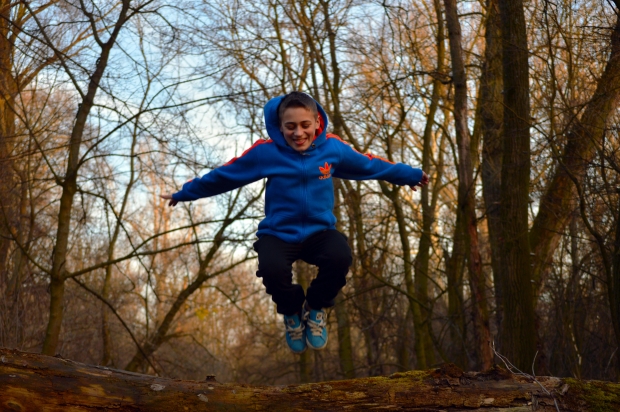
When students move while learning, they put information in procedural or muscle memory. Procedural memory is one of the strongest memory systems in the brain and the reason that one seldom forgets how to drive a car, ride a bicycle, play the piano, type on a keyboard, tie one’s shoes, or brush one’s teeth. One teacher related to me that her mother has Alzheimer’s disease and no longer recognizes her or her children. She stated, however, that her mother still remembers how to play the piano and can still play songs that she always has!
In many traditional classrooms, students sit for long periods in uncomfortable desks, and if they get up, they are chastised for being out of their seats. One teacher commented to me that we spend the first three years of our children’s lives teaching them to walk and talk and the next 15 telling them to Sit down! and Shut up! Rather than having students watching you as you move around the classroom, have them up and moving along with you. Not only does it strengthen memory and decrease behavior problems, but it also makes teaching and learning so much fun!
What The Research Says
When students get up and move, they recirculate the blood that pools in their seats and feet when sitting for more than 20 minutes. Fifteen percent of this recirculated blood goes to the brain within a minute (Sousa, 2011).
Having students work quietly at their desks eliminates up to 40 percent of kinesthetic learners who have to be moving to learn (Hattie, 2009).
Movement triggers memory because the basal ganglia and cerebellum, once thought to be only associated with controlling muscle movement, have been found to be important in coordinating thought processes as well (Markowitz & Jensen, 2007).
Make It Happen
- Have students take turns standing and reading short passages aloud in a choral response. Because students are reading together, those students who may be struggling can still participate and will hear the passage read correctly by others. Make this activity more fun by having students read while standing on one foot, in a whisper, holding their paper in the air, without taking a breath, and so forth.
- To help students distinguish between common and proper nouns, use the following activity. Compile a list containing both common and proper nouns taken from content previously taught in class. Read each word aloud. Have students stand when a proper noun is called, since proper nouns are extremely important, and remain seated when a common noun is called, since common nouns are not as important.
- When teaching sequential order (such as events in history, action in a story, or steps in the scientific process), put the separate events or steps on pieces of paper and then pass them out to students in class. Put on fast-paced music, such as the theme from The Price is Right, and have students place themselves in sequential order before the music ends. Then have the class decide if the students have placed themselves correctly.
For more examples of instructional activities that engage students using movement, consult the 3rd edition of my best-selling book, Worksheets Don’t Grow Dendrites.
Dear Dr. Tate,
I recently attended a conference in August of this year that unfortunately you were injured. I pray that you are healed and doing well. While your daughter did a fabulous job covering for you, I was disappointed to see and meet you in person.
I plan on buying your Worksheets Don’t Grow Dendrites, but have not had the opportunity to do that yet. I hope that you come back to Montana and visit our school, as we have some fabulous teachers, but lacking consistent leadership in the 10 plus years I’ve worked in this district. We desperately need renewed energy in our school.
Continued prayers and thanks for you and the work that you’re doing to help our profession.